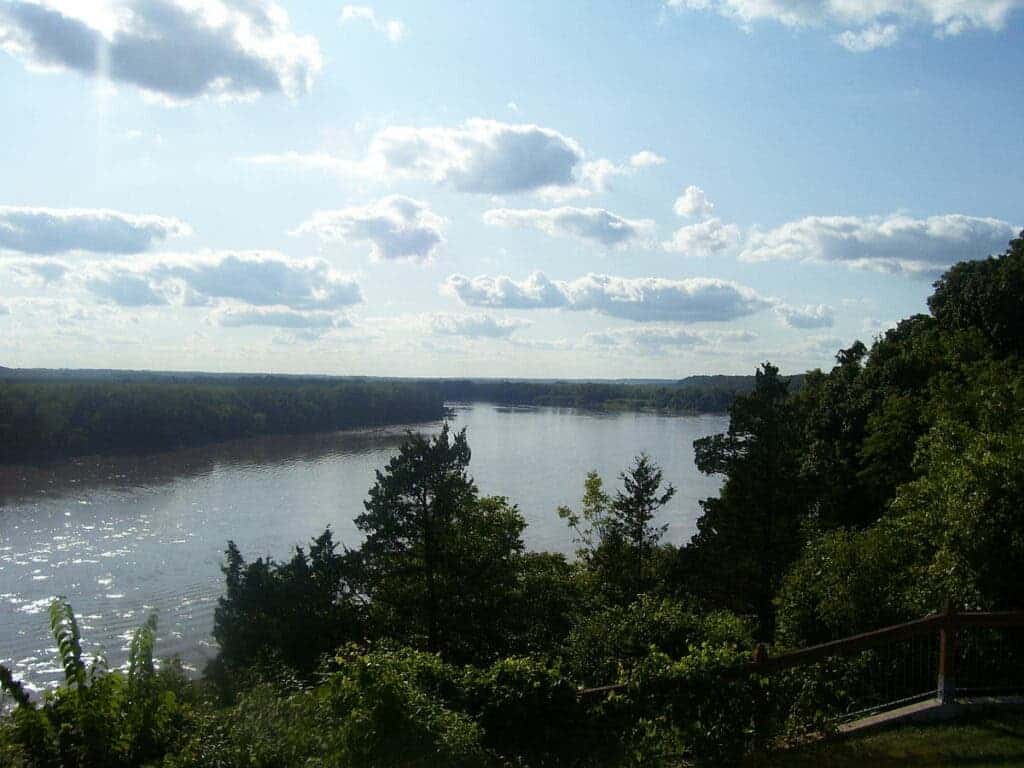Water demand is approaching or has already exceeded supply in much of the western United States. This is making water managers increasingly concerned about the threat of future droughts, especially in the context of climate change.

A new study analyzing the Missouri River, the nation’s longest river, reports that it has been at its driest in more than 1,200 years between 2000-2010 due to the effects of climate change.
Prior research has shown that multiple river basins in the U.S. have experienced droughts over the past several decades that are unlike anything seen in the previous century. As these river basins provide drinking water for millions of people, scientists are working to better understand the nature of such droughts.
Northern Hemisphere summer temperatures are now higher than they have been in the last millennium due to man-made emissions. The unique combination of high average temperatures and severe droughts across much of the West has led numerous researchers to revisit the impact of temperature in the timing and efficiency of runoff.
In this new effort, the researchers looked at the Missouri River Basin. The river is fed primarily by snow that falls on the Rocky Mountains in the winter and melts during spring and summer. Parts of the early 21st century have been remarkably dry across the Upper Missouri River Basin, they note.
The researchers pulled data from the PAGES 2k project, a network of databases and other resources that have been assembled to describe conditions on Earth over the past 2000 years. Some of the information in its databases includes tree ring data, which the researchers used to build a timeline for both temperature and rainfall in the basin.
This showed that the drought between the years 2000 to 2010 was the driest period to occur over the past 1,200 years — worse even than that which occurred during the dust bowl years.
The main driver of the drought, they add, were higher than normal temperatures since at least the latter part of the 20th century that caused a reduction in runoff efficiency. Higher-than-average temperatures also drive evapotranspiration in the river basin, they add, which further saps water resources in the area.
The study had a set of limitations, which have challenged the team’s ability to tease apart the influence of precipitation and temperature on streamflow and surface water resources. For example, they’re still uncertain as to how much temperature (as opposed to changes in precipitation) contributed to the 20th-century streamflow declines in the Upper Colorado River Basin.
The authors, however, end their paper by issuing a warning for the future: they expect increasingly severe droughts and water deficits in the region in the coming years. The combination of hydrologic changes, such as an increased likelihood of hot–dry extreme years, represent significant challenges for water management,” the study reads.
The study was published in the PNAS journal.









